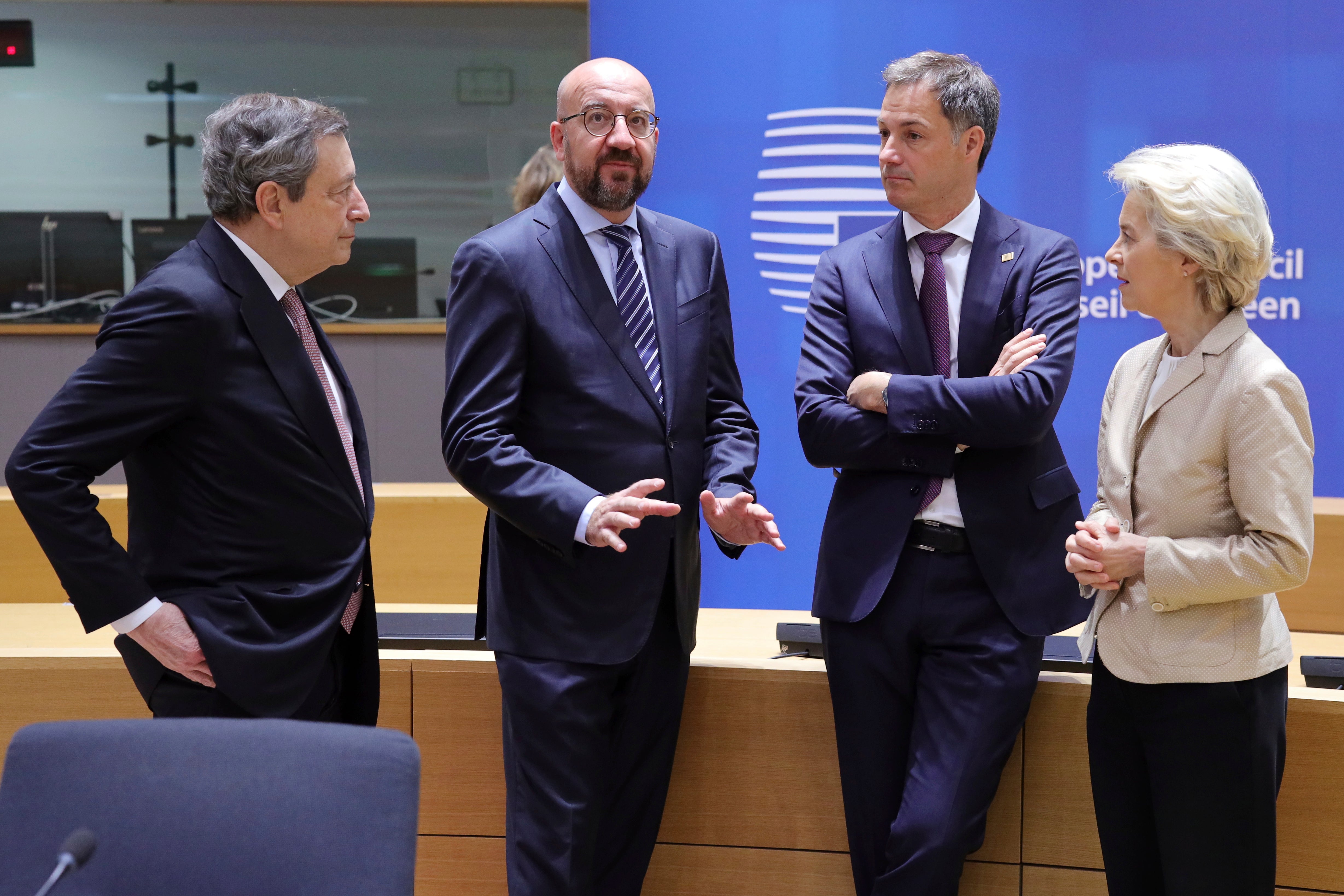Anatomy of an energy crisis: now what?
Sanctions fallout and mass fuel poverty predictions overwhelm emergency handouts that won’t touch the sides. So what do we do now, asks Kate Hughes


The great and the good of the EU had barely left the room after that big, if compromised, decision to ban most crude imports from Russia before oil prices jumped to a two-month high.
Within minutes, analysts were warning that a complete shutdown of Russian oil could drive prices to yet more record highs and though no sanctions have yet been announced on gas exports, there has been widespread speculation over the chances of Russia clamping down on gas supply in retaliation to recent allied moves. The need for energy rationing next winter was already being mooted even before the deal was struck.
Though few are comfortable with the idea that oil and gas purchases have been and continue to provide state funding to Russia, UK consumers will now have to wait to see what the impact will be on fuel bills millions of us already can’t afford.
It’s the latest development in a week that has put the divergence between prices and affordability under the spotlight yet again, as emergency measures announced last week to help prevent up to 40 per cent of households falling into fuel poverty in coming months are expected to barely touch the sides.
So what now? Is there anything those of us without a seat at these tables of power can do?
Here’s what the last seven days have taught us about the future of our energy bills.
First, those handouts. Last week, the chancellor confirmed the windfall tax U-turn that would see record profits among energy companies returned to billpayers in various ways. In case you missed it, £400 will be automatically sent by energy suppliers to households with a domestic energy meter, but only over six months starting in October.
Those paying by direct debit or credit customers will see the money credited to their energy account while prepayment meter users will see the money credited to their meter or paid via a voucher.
The cash, which is not repayable, replaces expectations of a £200 contribution in October that would have been paid back over time, adding to debt fears.
Another £300 will be paid to pensioners receiving the winter fuel payment, and universal credit recipients (as well as some of those on historical or legacy benefits) will get a £650 one-off payment.
The Resolution Foundation estimates that two-thirds of the new cash will go to the poorest half of the UK’s households, but the fact that all households paying an energy bill, including second and holiday homeowners, will receive the money has sparked controversy.
Plus, the announcement, widely assumed to be an attempt to deflect political heat away from the Partygate scandal, came days after Ofgem revealed the energy price cap was set to soar once more. The limit – that it’s important to note is only placed on unit prices of energy rather than total bills – is likely to see the average household energy bill rise by another £830, to £2,800, in October. You’ll pay far more if you use more than the average.
Suddenly, £400 becomes just another drop in the ocean. In fact, even energy bosses have been warning that 40 per cent of their customers will be in fuel poverty by the autumn.
Then a few days later, the boiler upgrade scheme kicked in, including that grand plan to cut carbon emissions as well as energy bills by offering £5,000 towards the cost of a heat pump (or biomass boiler in some circumstances)... except that few UK properties are suitable for these systems in their current state, with thousands of pounds few people have required to upgrade windows, doors and insulation before you even fork out to instal one.
Just 1-2 per cent of the annual tally of the UK’s total building stock is new housing – the type of property usually most suited to heat pumps.
Until recently, in the face of pleas for tips, personal finance experts have rolled out the usual go-to advice – switch providers and cut back on energy use.
Well, figures out from the Money Charity this week suggest we were already cutting back by Q4 2021 after it reported an unexpected drop in average daily energy costs.
But while nobody is leaving lights on or lids off their saucepans any more, there are still actions that don’t require huge upfront investment and withstand scrutiny, even if they are incremental.
Using a microwave to heat food and drinks uses around 10 per cent of the energy of an oven, for example, and LED lightbulbs – though more expensive – cut a similar proportion of energy use out compared with conventional bulbs, and last far longer.
Elsewhere, the case for bringing back the electric blanket from the back of granny’s wardrobe has gained so much traction that one energy supplier is sending them to customers for free. At an estimated cost of 3p an hour to use, the numbers could quickly stack up for those otherwise trying to heat entire homes for around £5 a day.
By the time the nights draw back in, closing curtains and blinds promptly at dusk could reduce heat loss by up to 17 per cent.
As for switching, the truth is that there’s precious little to be gained in the short term. Indeed, the cheapest new fixed-rate deals come in at around 45 per cent higher than the current price cap because upcoming increases in costs have already been priced into such “offers”.
But if you agree that the chances of energy bills stabilising by the end of 2023 are now dust and, crucially, that you can afford to speculate, you might decide that fixing now and taking a not inconsequential extra hit short term in anticipation of even greater pain next year, into 2024 and beyond, could make a difference way off in the future.
Once we manage to get there, that is.






Join our commenting forum
Join thought-provoking conversations, follow other Independent readers and see their replies
Comments